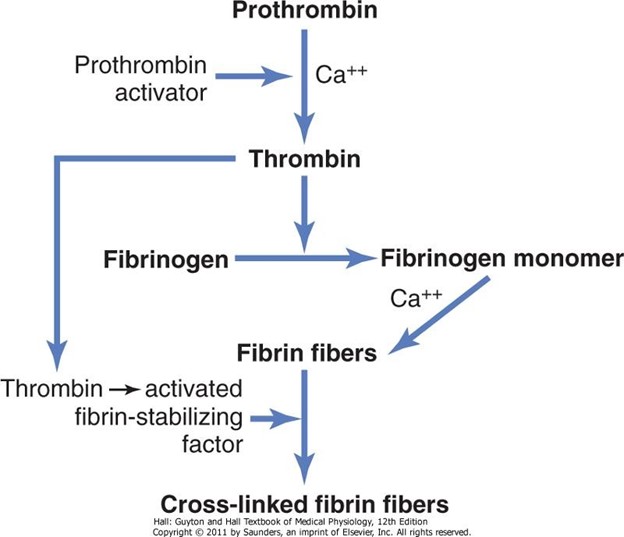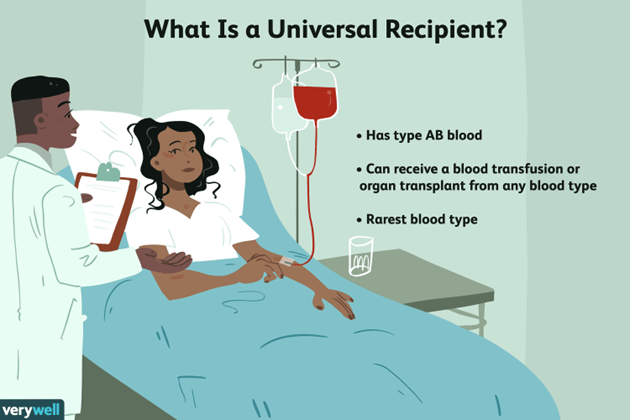Kidney disease can cause hypertension by:
Directly signaling the brain stem to increase blood pressure.
Activating the renin-angiotensin mechanism.
Increasing release (excretion) of sodium and water.
Stimulating the secretion of ANP.
The Correct Answer is B
Kidney disease can cause hypertension by activating the renin-angiotensin mechanism.
This mechanism involves the release of renin from the kidneys, which stimulates the production of angiotensin II, a hormone that constricts blood vessels and increases blood pressure.
Choice A is wrong because kidney disease does not directly signal the brain stem to increase blood pressure.
The brain stem regulates blood pressure through the autonomic nervous system, which responds to various stimuli such as stress, pain, or emotions.
Choice C is wrong because kidney disease does not increase the release (excretion) of sodium and water.
On the contrary, kidney disease can impair the ability of the kidneys to filter out excess sodium and water, which can lead to fluid retention and increased blood pressure.
Choice D is wrong because kidney disease does not stimulate the secretion of ANP.
ANP stands for atrial natriuretic peptide, a hormone that is secreted by the heart when it senses high blood pressure.
ANP causes the kidneys to excrete more sodium and water, which lowers blood pressure.
Nursing Test Bank
Naxlex Comprehensive Predictor Exams
Related Questions
Correct Answer is B
Explanation

This is because fibrinogen is a soluble protein in the blood plasma that is converted to insoluble fibrin strands by the enzyme thrombin during blood clotting. Fibrin forms a mesh-like network that traps platelets and other blood cells to form a clot.
Choice A is wrong because thrombin is not converted to prothrombin, but rather prothrombin is converted to thrombin by another enzyme called prothrombinase.
Choice C is wrong because vitamin K is not converted to prothrombin, but rather vitamin K is required for the synthesis of prothrombin and other clotting factors in the liver.
Choice D is wrong because fibrin is not converted to fibrinogen, but rather fibrinogen is converted to fibrin as explained above.
Normal ranges of fibrinogen in the blood are 200 to 400 mg/dL.
Normal ranges of prothrombin time (a measure of how long it takes blood to clot) are 11 to
13.5 seconds.
Correct Answer is B
Explanation
Persons with type AB blood are sometimes called universal recipients, not donors. This means they can safely receive a blood transfusion using any other blood type. Choice A is wrong because it confuses type AB blood with type O negative blood.
Type O negative blood is considered the universal donor type because it has no antigens on the surface of red blood cells and can be given to people of any blood type.
Type AB-positive blood is also considered the universal plasma donor type because it has both A and B antigens and can be given to patients with any blood type.
Plasma is the liquid part of blood that carries cells and proteins throughout the body.
The presence or absence of antigens and the Rh factor determine how a person’s immune system reacts to a blood transfusion or organ transplant.
Antigens are substances that can trigger an immune response if they are foreign to the body.
The Rh factor is a protein that can be either present (+) or absent (-) on the surface of red blood cells.

Whether you are a student looking to ace your exams or a practicing nurse seeking to enhance your expertise , our nursing education contents will empower you with the confidence and competence to make a difference in the lives of patients and become a respected leader in the healthcare field.
Visit Naxlex, invest in your future and unlock endless possibilities with our unparalleled nursing education contents today
Report Wrong Answer on the Current Question
Do you disagree with the answer? If yes, what is your expected answer? Explain.
Kindly be descriptive with the issue you are facing.
